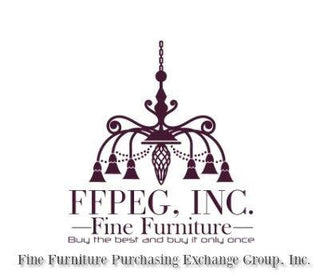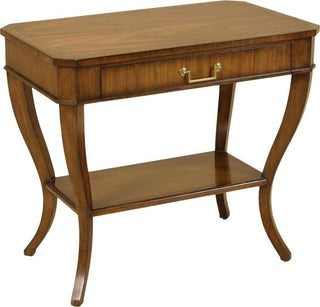Have you ever wondered how high-end furniture has evolved over the years? From classic wooden pieces to sleek modern designs, the world of luxury furniture has seen many changes. Today, high-end furniture not only represents beauty and sophistication but also innovation in materials, functionality, and design. Let’s take a look at how high-end furniture brands have adapted to meet the needs of modern consumers while keeping timeless craftsmanship at their core.
A Shift from Traditional to Contemporary Design
Historically, high-end furniture was associated with heavy, ornate designs made of dark woods like mahogany and oak. These pieces were often carved with intricate details and were seen as a symbol of wealth and status. Over time, however, high-end furniture began to evolve.
In the mid-20th century, designers started introducing more minimalist, contemporary styles. Furniture brands began using lighter woods, metals, and even glass to create sleek, modern pieces that emphasized function as much as form. As tastes shifted, high-end furniture started to combine luxury with simplicity, offering high-quality craftsmanship in designs that suited the changing styles of home interiors.
The Influence of Technology on Design and Manufacturing
One of the biggest changes in the evolution of high-end furniture has been the use of technology in both design and manufacturing. Today, many high-end furniture brands use advanced technology like 3D modeling and computer-aided design (CAD) software to create their pieces. This allows designers to experiment with shapes, materials, and structures that were once impossible to achieve by hand.
Additionally, modern manufacturing techniques like CNC (computer numerical control) machines have made it possible to create precise cuts and shapes in wood, metal, and even plastic, all while maintaining high-quality standards. As a result, high-end furniture is now more customizable than ever before, with brands offering pieces in a wide range of styles, finishes, and materials.
Sustainable Practices and Eco-Friendly Materials
As environmental concerns grow, high-end furniture brands have also adapted to include sustainability in their designs. Today, many consumers are seeking furniture that is not only beautiful and functional but also eco-friendly. In response, high-end furniture brands are increasingly using sustainable materials such as reclaimed wood, recycled metals, and non-toxic finishes.
Eco-conscious consumers are also looking for durability and longevity in their furniture. A piece that is built to last for many years, rather than something that will need replacing after a few years, is more in line with sustainable living. This focus on quality and longevity aligns with the values of many high-end furniture brands, which are known for producing well-crafted, durable pieces that can be passed down for generations.
Incorporating Smart Technology into Furniture
With the rise of smart homes, high-end furniture brands have also started incorporating technology into their designs. Furniture pieces now include built-in wireless charging stations, speakers, and even lighting that can be controlled via smartphone apps. This allows consumers to combine luxury with modern convenience, making their furniture not only beautiful but also functional in today’s tech-driven world.
For example, some high-end furniture brands are creating tables with built-in charging ports or sofas with speakers and USB charging stations, making it easier to integrate technology seamlessly into the home. These innovative designs provide a perfect balance of comfort, luxury, and cutting-edge functionality.
High-End Furniture Brands and Their Impact on the Market
As the demand for luxury home furnishings continues to grow, brands like FFPEG are at the forefront of the industry. FFPEG offers a wide range of premium products that combine traditional craftsmanship with modern innovation. Their attention to detail and commitment to using high-quality materials has made them a leader in the high-end furniture brands market.
In conclusion
High-end furniture has undergone significant transformation, with innovation, sustainability, and technology now playing a vital role in shaping the industry. Whether you’re looking for a statement piece or a functional addition to your home, today’s high-end furniture brands offer more options than ever before to meet the needs of modern consumers. Brands like FFPEG continue to push boundaries, setting trends that redefine what luxury furniture means in the 21st century.

